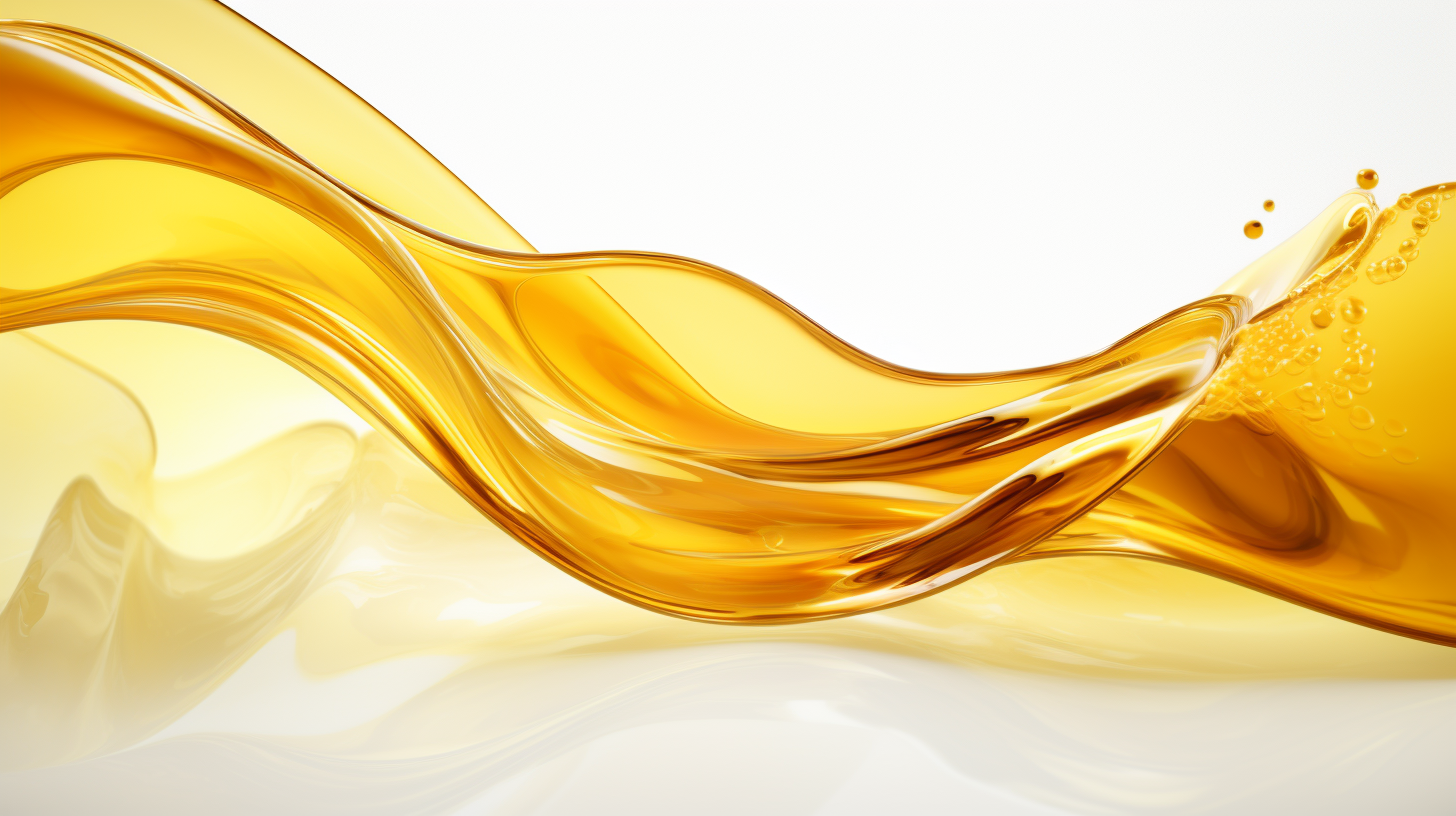The Dow Chemical Company Forms Dow Coatings Materials Following Acquisition of Rohm & Haas
The Dow Chemical Company has formed a new business unit focused on the coatings market following Dow’s acquisition of Rohm and Haas in April 2009. Dow Coating Materials combines the resources and technologies of Dow Coating solutions and the recently-acquired Rohm and Haas Paint and Coating Materials to create the leading supplier of raw materials for architectural and industrial coatings in the world.
“As the world’s largest and most technologically-advanced developer of raw materials for the coatings industry, our primary focus is to enable the coatings innovations of both today and tomorrow,” Luis Fernandez, the new Vice President of Dow Coatings Materials, said. “At the same time, we understand that Dow is not the primary driving force behind innovation in this industry. Our customers, who include the premier formulators of architectural and industrial coatings in the world, understand the current and growing demands of the industry. We are here to make sure they have the raw materials and technology support they need to stay ahead of those demands.”
Dow Coatings Materials provides a wide range of chemistries and support across many different product lines, including core binder technologies such as latex emulsions (acrylics, vinyl acrylics, styrene acrylics, etc), epoxies, solution vinyl resins and other polymer technologies. Additionally, the business offers a strong portfolio of rheology modifiers, including HASE, HEUR and cellulosic-based products.
The company will also leverage many other product lines within Dow to provide the best possible solution to coating formulators. These include biocides, acrylic monomers, surfactants, polyurethanes, and many others.
Topics
Organizations
Other news from the department business & finance
These products might interest you

OCA 200 by DataPhysics
Using contact angle meter to comprehensively characterise wetting behaviour, solids, and liquids
With its intuitive software and as a modular system, the OCA 200 answers to all customers’ needs

Tailor-made products for specific applications by IPC Process Center
Granulates and pellets - we develop and manufacture the perfect solution for you
Agglomeration of powders, pelletising of powders and fluids, coating with melts and polymers

Dursan by SilcoTek
Innovative coating revolutionizes LC analysis
Stainless steel components with the performance of PEEK - inert, robust and cost-effective

Get the chemical industry in your inbox
By submitting this form you agree that LUMITOS AG will send you the newsletter(s) selected above by email. Your data will not be passed on to third parties. Your data will be stored and processed in accordance with our data protection regulations. LUMITOS may contact you by email for the purpose of advertising or market and opinion surveys. You can revoke your consent at any time without giving reasons to LUMITOS AG, Ernst-Augustin-Str. 2, 12489 Berlin, Germany or by e-mail at revoke@lumitos.com with effect for the future. In addition, each email contains a link to unsubscribe from the corresponding newsletter.
Most read news
More news from our other portals
See the theme worlds for related content
Topic world Rheology
Rheology deals with the flow behavior and deformation properties of materials. In the chemical field, it is indispensable for understanding the consistency, viscosity and elasticity of liquids, gels and solids. Whether formulating paints, producing polymers or optimizing food textures, rheological properties influence how substances react, move and feel.

Topic world Rheology
Rheology deals with the flow behavior and deformation properties of materials. In the chemical field, it is indispensable for understanding the consistency, viscosity and elasticity of liquids, gels and solids. Whether formulating paints, producing polymers or optimizing food textures, rheological properties influence how substances react, move and feel.


























































